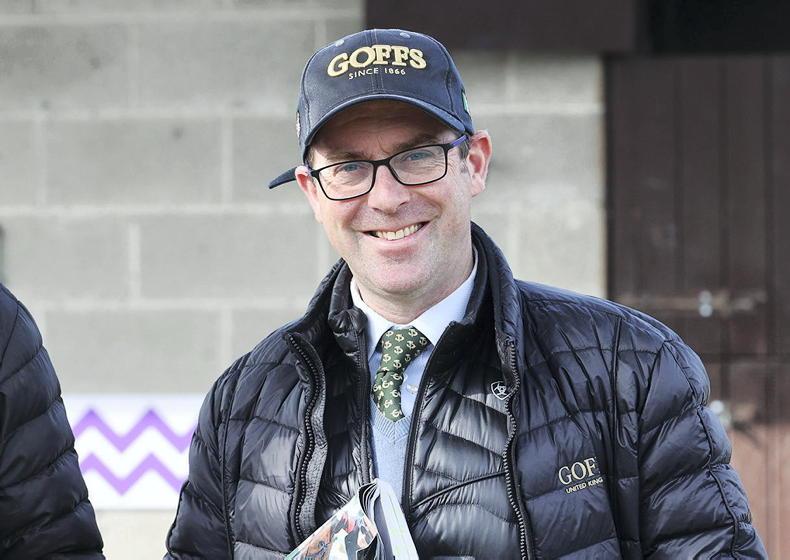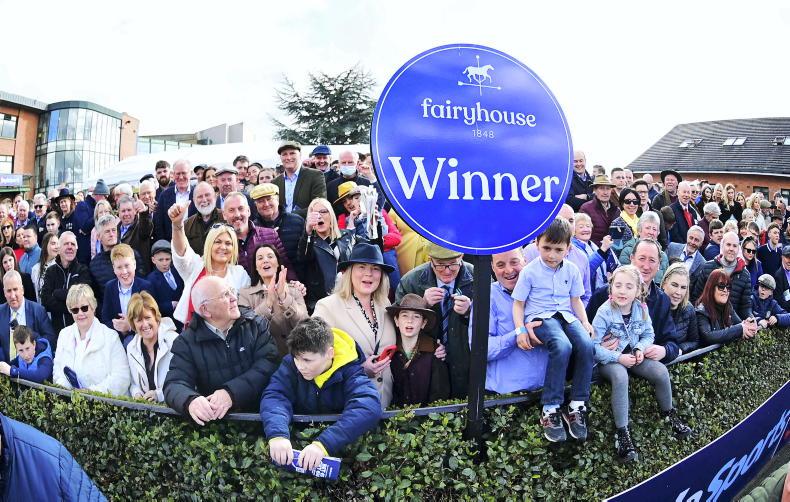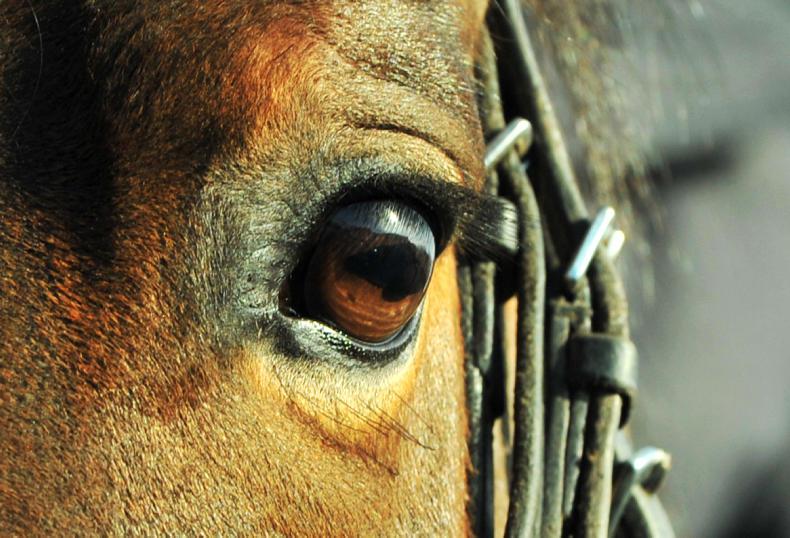WITH a main ITV channel audience of 7.5 million last Saturday, the Grand National is still one of sport’s unique occasions.
But it was rather bad luck that after the celebrations and most notable feats by Sam Waley-Cohen and Emmet Mullins and the seven-year-old Noble Yeats, that Sunday morning brought the news that there had been two fatalities.
It was a bit of a downer, more so for connections but also with continuous pressure on the sport to do all it can to avoid this negative publicity and put animal welfare at the top of its concerns.
After watching the race, neither death came as a surprise despite a premature media release from the course half an hour after the race that all horses were back in the stable and there were no fatalities.
Yet, is there anything that can be done to prevent the deaths? Many people feel that the changes since 2012 have lessened the appeal of the race.
There were more early fallers on the first circuit than in recent years. Simon Rowlands timing analysis had the field going faster to the first fence than in any year since 2013.
Four horses have been killed since that depressing National in 2012 that claimed Synchronised and According To Pete. Both came to grief at Bechers, on different circuits, one fell and one was brought down. Those fences look much bigger, looking back now.
Modified
Since that the fences have been greatly modified and Becher’s is much altered. What more can be changed to still make it a unique race but as ‘safe’ as possible?
It’s worth noting that two horses fell and were killed in a 12-runner two-and-a-half-mile handicap hurdle at Newcastle on Saturday before the National.
Lower fences, slower pace, they fell at the fifth and third last. Nothing could make it safer for them any more than for Éclair Surf and Discorama. Elle Est Belle also died on the track at Aintree at the end of the three-mile hurdle.
A reduction in the field size from 40 to 30 has been suggested. But is it necessary? And would that make the race just another long-distance handicap chase and not the spectacle that attracts such a worldwide audience.
Fewer horses in the early stages might give more room to a fence, reduce fallers, given that more fallers increase the likelihood of injury. Yet only 29 ran in the Topham and four departed at the ninth.
There were three fallers, nine unseats and 11 pulled up, two brought down, making it 23 National non completions this year. That’s pretty much the average with 15 finishers in the last two years, after a 19 and a 12. A look back at the circumstances of the fatalities from a ‘did too many runners contribute’ angle doesn’t support a reduction.
This year Discorama’s injury, on the flat, going out on the second circuit could have occurred anywhere. Éclair Surf appeared to have a clear sight of the third but just didn’t make an effort to jump it and crashed out.
In 2021, The Long Mile was pulled up after he appeared to break a hind leg over Becher’s on the second circuit.
In 2019, Up For Review’s death could be blamed on too many runners, he hit the first fence but jumped it and he was off balance and ran into the falling Vintage Clouds in front of him.
In 2012, Synchronised fell at first Becher’s but continued running riderless until the 11th where he was injured.
Brought down
According To Pete was brought down and injured at the second Becher’s when the field was well thinned out.
The 2009 death of Hear The Echo was after he had completed most of the course and McKelvey in 2008 was injured running loose. They could have occurred in any race.
You can argue that four deaths since the modifications are too many but only one of those could be due to a possible ‘Aintree factor’ of too many runners.
It’s difficult to ignore deaths but if you chip away and chip away, when the evidence does not support that any further changes would help, where does it end? Let’s face it, stand your ground no matter what you are accused of is the law of the land in Britain these days.




 This is a subscriber-only article
This is a subscriber-only article
 It looks like you're browsing in private mode
It looks like you're browsing in private mode










SHARING OPTIONS: